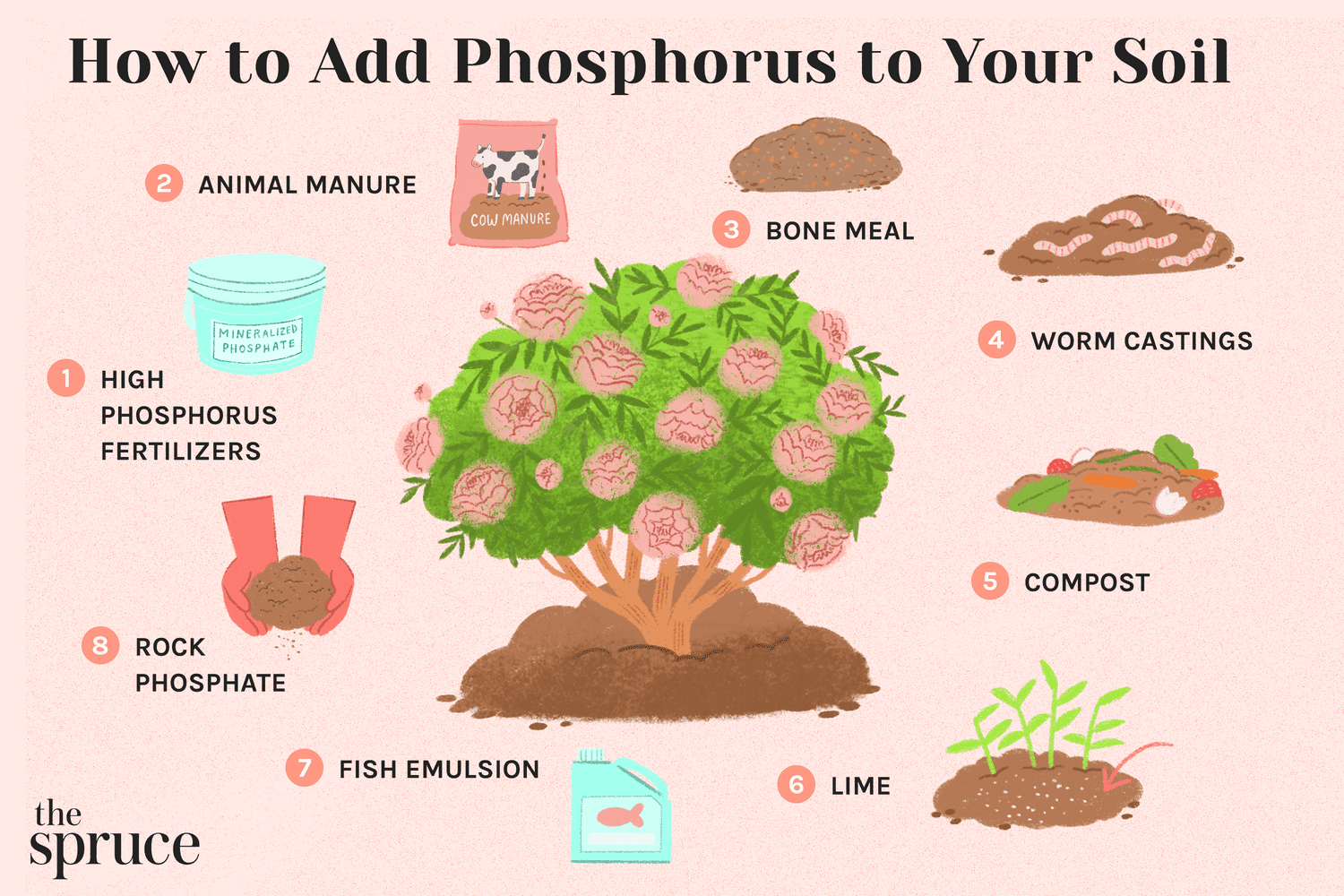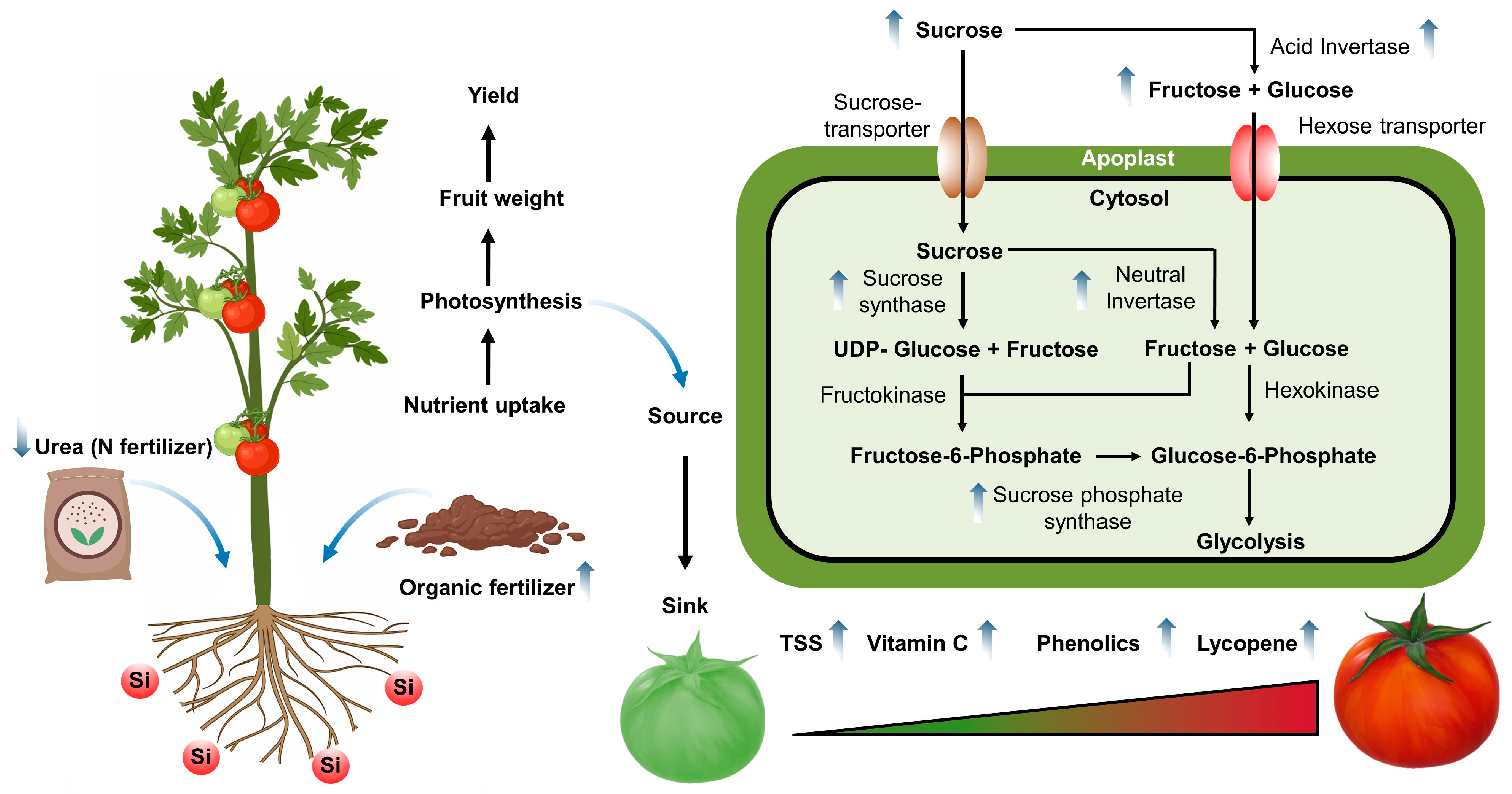Best Way to Add Phosphorus to Soil Naturally
Phosphorus is an essential nutrient for plants, playing a crucial role in photosynthesis, energy transfer, and root development. Many gardeners and farmers rely on synthetic fertilizers to boost phosphorus levels in the soil. However, these fertilizers can harm the environment and disrupt the natural balance of nutrients. Luckily, there are several natural ways to add phosphorus to soil, promoting healthy plant growth without the use of harmful chemicals.
Compost
Composting is a great way to naturally increase phosphorus levels in the soil. Organic matter such as kitchen scraps, yard waste, and manure is broken down by microorganisms, releasing nutrients like phosphorus into the soil. By adding compost to your garden beds, you can improve soil structure, water retention, and nutrient availability for plants.
Bone Meal
Bone meal is a natural source of phosphorus, made from finely ground animal bones. It is rich in phosphorus and also contains calcium and other essential minerals. By adding bone meal to your soil, you can increase phosphorus levels and promote healthy root development in your plants. It is especially beneficial for flowering plants that require high phosphorus levels for blooming.
Rock Phosphate
Rock phosphate is a slow-release source of phosphorus that is derived from mined rocks. It contains a high concentration of phosphorus and other trace minerals that are beneficial for plant growth. By applying rock phosphate to your soil, you can gradually increase phosphorus levels over time, providing a long-lasting source of nutrient for your plants.
Clover Cover Crops
Clover is a nitrogen-fixing plant that can also help increase phosphorus levels in the soil. By planting clover cover crops in between your main crops, you can improve soil fertility and promote healthy phosphorus levels in the soil. Clover also attracts pollinators and beneficial insects, creating a more biodiverse and sustainable garden ecosystem.
Wood Ash
Wood ash is a natural source of phosphorus that can be used to increase soil pH and fertility. It is rich in potassium, calcium, and phosphorus, making it a valuable addition to your garden beds. By sprinkling wood ash around your plants, you can boost phosphorus levels in the soil and improve nutrient availability for your plants. However, it is important to use wood ash in moderation, as excessive amounts can harm certain plants and alter soil pH levels.
Conclusion
Adding phosphorus to soil naturally is not only environmentally friendly but also promotes healthier plant growth and soil fertility. By incorporating compost, bone meal, rock phosphate, clover cover crops, and wood ash into your gardening practices, you can ensure that your plants receive adequate phosphorus levels for optimal growth and development. Experiment with these natural methods to find the best solution for your garden and enjoy the benefits of nutrient-rich soil and thriving plants.



